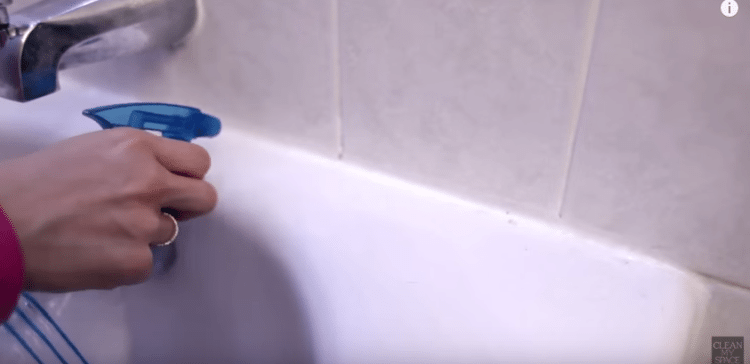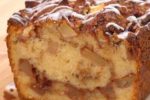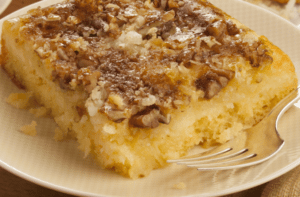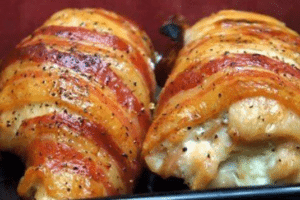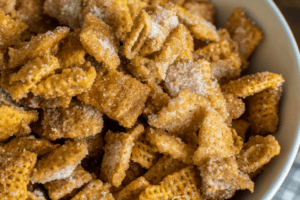– Mold
- Is a fungi, and a basic microscopic organism. It’s also a common allergen, which is one of the reasons it’s such a health concern.
- Has a purpose— really! It’s nature’s way of regenerating environments, since it feeds on and breaks down dead organic matter. Great for the outdoors; less great for our homes.
- Thrives in moist environments, which is why the most likely place you’ll find it is your bathroom or in the walls as a result of storm or flood damage.
- Can be black, brown, white or green, and in its most advanced, ick-worthy stages, is often thick and fuzzy. (Think of those old leftovers you definitely don’t want to eat.)
- Grows in colonies, and can form in as little as 24 to 48 hours on a moist surface. It spreads by creating airborne spores that land on organic materials close to the source.
– Mildew
- Is a type of mold in its early stages.
- Is the most common type of mold but also – thankfully – the least harmful, though it can still cause health issues, especially of the allergen type.
- Can be black, brown, yellow, white, pink or orange, and can often look flat and/or dusty. Everybody’s seen the pink and/or orange kind in their bathroom at some point, but worry not— while it’s disgusting, it’s also essentially harmless.
- Grows more predictably than other types of mold.
- Is super common. We can’t stress that enough— if you see mildew in your home, it doesn’t mean you’re disgusting! It’s absolutely possible to both treat it and prevent regrowth.
Since mold and mildew thrive in damp places, you of course should be on high alert for it in your bathroom and around your kitchen sink. Other places you should look include in drywall and insulation, on carpets, on wallpaper and painted walls, on fabrics and, of course, in your food.
– Killing Mold, Part 1: Your Partners In Cleaning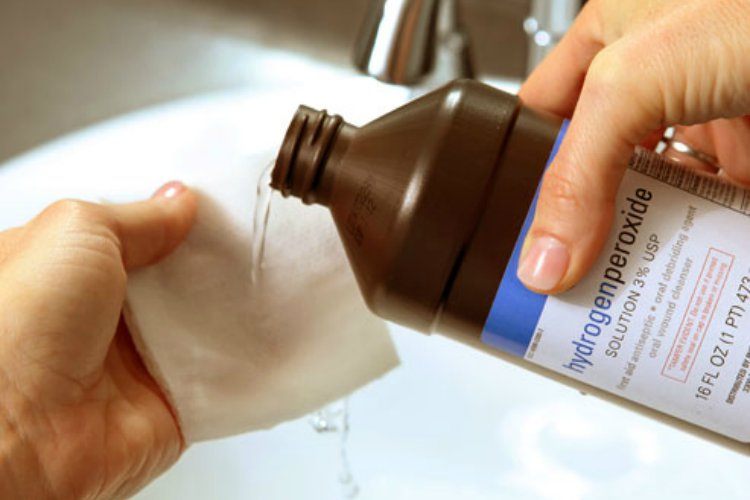
You’ve got a few options when it comes to killing mold and preventing it from growing back, and you’re not even limited to specialized, artificial cleaners, either. There are more natural and organic options for you, too, so choose the one that makes the most sense for you and the areas you’re cleaning.
Hydrogen Peroxide: Hydrogen peroxide is both antifungal and antibacterial, making it the perfect tool to go after mold and/or mildew on a variety of surfaces. Just grab a bottle of the 3% concentrated kind from your local pharmacy. You can also use the powdered kind and mix it in a 50-50 solution with water.
Bleach: It’s often the simplest and easiest way. If you can stand the smell and the item you’re cleaning can withstand it, it might be your best option, whether you’re spraying it on directly or adding it to your laundry.
Undiluted Vinegar: Plain white vinegar is naturally antimicrobial, kills 82% of mold species, can clean any service and, as we know, is a general cleaning superstar.
Distilled Ethanol: If you can’t stand the smell of vinegar, you might want to raid your liquor cabinet. Bottom-shelf, less-distilled grain alcohols like vodka can be used exactly the same way as vinegar.
Tea Tree Oil: Tea tree oil is a natural fungicide, and easy to incorporate. Just add 10 drops to a full spray bottle, shake well, and spray over the affected area. It’s also a great preventative for regrowth, especially when used repeatedly.
Concrobium: Yes, it’s a specialty product, but sometimes it’s good to have one in your corner. This one is nontoxic, doesn’t smell, and is easy-to-use.
Scrubbing brushes, rags, sponges, toothbrushes, etc.: Whatever you use to scrub, make sure you clean it thoroughly before and, especially, after cleaning, and allow it to dry thoroughly. You can’t get rid of mold with a moldy implement!
Read the 2nd Part in the Next Page …

